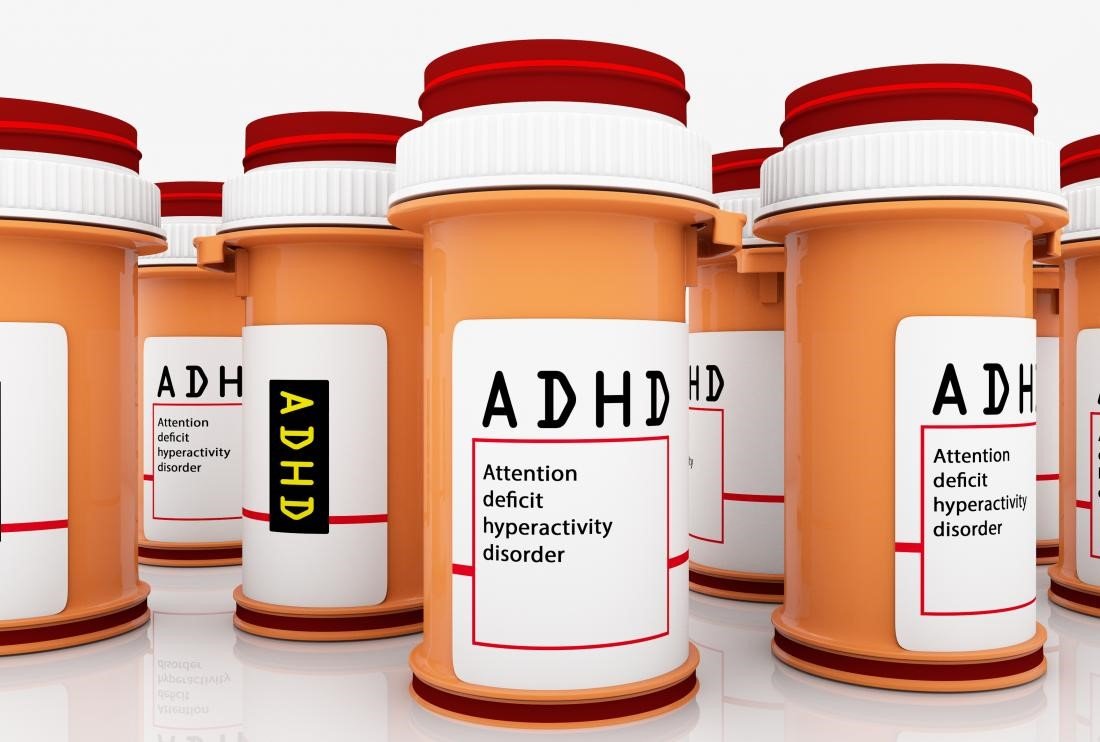Neurofeedback vs. Medication: Exploring Two Approaches to Mental Health
There are a number of lenses or perspectives we can use when thinking about mental health conditions, their causes and ways to treat them. One is that of traditional biomedical models that use categorical diagnostic approaches to mental health such as the DSM. The biomedical model is founded on the assumption that causes of mental illness originate within the individual, therefore treatment is focused on bodily symptoms. The DSM has come under increasing criticism in recent years for over-medicalising and pathologising behaviours; and trying to simplify what is really a broad spectrum of human behaviour. Increasingly, the biopsychosocial model is used in healthcare and this allows for the psychological and social context and conditions in which an individual finds themselves are taken into account, alongside the biological and functional. Research is increasingly focussed on the underlying causes of mental health conditions such as adverse childhood experiences or trauma.
In this post we will explore two treatments for mental health conditions; neurofeedback and medication. While both aim to alleviate symptoms and improve overall wellbeing, they differ significantly in their underlying mechanisms and philosophies. We'll delve into the intricacies of neurofeedback and medication, exploring their respective pros and cons, as well as their potential applications in mental health care.
Leaders in the trauma field like Bessel Van Der Kolk and Gabor Mate take a biopsychosocial approach in their work. Bessel's book The Body Keeps the Score outlines the impact that trauma can have on brain circuits; interfering with its ability to focus, regulate emotions and be flexible. Unaddressed trauma can create a permanent state of fear and helplessness which promotes a continuous secretion of stress hormones in the body. He advocates a number of brain and body-based therapies to help individuals to fully inhabit their bodies and create the conditions for healing. One such therapy he advocates is neurofeedback.
Understanding Neurofeedback
Neurofeedback, also known as electroencephalographic (EEG) biofeedback, is a non-invasive, drug-free treatment that aims to retrain the brain's neural patterns. This approach is based on the principle that the brain can learn to self-regulate its electrical activity through real-time feedback and reinforcement.
During a neurofeedback session, sensors are placed on the scalp to measure and monitor the brain's electrical activity. This information is then fed back to the individual in the form of visual or auditory cues, such as changes in a video game or sounds. By learning to control these cues, the individual gradually trains their brain to produce more desirable brainwave patterns associated with improved mental states.
Neurofeedback has been studied for its potential benefits in addressing various conditions, including attention deficit hyperactivity disorder (ADHD), anxiety, depression, post-traumatic stress disorder (PTSD), and sleep disorders, among others.
Proponents of neurofeedback state that it is a safe and non-invasive approach that can lead to long-lasting improvements in brain function and overall well-being. Additionally, it offers a more holistic and drug-free alternative to traditional medication.
Understanding Medication
Medication, on the other hand, involves the use of pharmacological agents to alleviate symptoms and modulate brain chemistry. Psychiatrists and other healthcare professionals prescribe various types of medications, such as antidepressants, anti-anxiety medications, stimulants, and antipsychotics, depending on the specific condition being treated.
These medications work by targeting and modulating neurotransmitter systems in the brain, which can help regulate mood, attention, and cognitive function. For example, antidepressants like selective serotonin reuptake inhibitors (SSRIs) aim to increase the availability of serotonin, a neurotransmitter associated with mood regulation.
Advocates of medication argue that it can provide rapid relief from debilitating symptoms, allowing individuals to function better in their daily lives. Additionally, medication is often seen as a more scientifically validated and widely accepted treatment approach, backed by extensive research and clinical trials.
Pros and Cons of Neurofeedback
Pros:
1. Non-invasive and drug-free: Neurofeedback does not involve the use of medications. If negative side effects occur they are mild and short-lived.
2. Long-lasting effects: The brain-training aspect of neurofeedback can lead to lasting improvements in neural patterns, potentially reducing the need for ongoing treatment.
3. Personalised approach: Neurofeedback protocols can be tailored to an individual's unique brain activity patterns, making it a more personalised treatment approach.
4. Holistic perspective: Neurofeedback is regarded as a holistic approach that addresses the underlying neural patterns rather than just alleviating symptoms.
Cons:
1. Time-consuming: Neurofeedback requires multiple sessions over an extended period, which can be time-consuming.
2. Limited accessibility: Neurofeedback is not as widely available as medication, and access may be limited in certain geographic regions.
3. Lack of standardisation: Neurofeedback protocols and practices can differ among practitioners, making it challenging to establish consistent standards and guidelines.
Pros and Cons of Medication
Pros:
1. Rapid relief: Medications can provide relatively quick relief from symptoms, allowing individuals to regain functionality in their daily lives.
2. Extensive research: Psychiatric medications have been extensively studied and tested through clinical trials, providing a solid scientific foundation for their efficacy.
3. Wide availability: Medications are widely available and accessible through prescriptions from healthcare professionals.
4. Targeted approach: Different medications can target specific neurotransmitter systems or brain regions, allowing for a more targeted treatment approach.
Cons:
1. Potential side effects: Many psychiatric medications can have side effects, ranging from mild to severe, which may impact an individual's quality of life.
2. Dependency and withdrawal: Some medications may lead to physical or psychological dependence, and abrupt discontinuation can cause withdrawal symptoms.
3. Individual variability: Medications may not work equally well for everyone, and finding the right medication and dosage can be a trial-and-error process.
4. Temporary relief: Medications may only provide temporary relief, and symptoms may return if the medication is discontinued.
Integrating Neurofeedback and Medication
While neurofeedback and medication are often portrayed as opposing approaches, many mental health professionals advocate for an integrative approach that combines the strengths of both methods. By utilising neurofeedback in conjunction with medication, individuals may experience enhanced therapeutic benefits and potentially reduced reliance on medication over time.
For example, individuals with ADHD may initially benefit from medication to improve focus and attention, while simultaneously undergoing neurofeedback training to reinforce more desirable brainwave patterns. As neurofeedback takes effect, the medication dosage may be gradually reduced or discontinued, depending on the individual's response.
Similarly, individuals with anxiety or depression may find that a combination of neurofeedback and medication can effectively target both the neurological and biochemical aspects of their condition, leading to improved overall outcomes.
It's important to note that the integration of neurofeedback and medication should be overseen by qualified healthcare professionals, such as psychiatrists, psychologists, and neurofeedback practitioners. Regular monitoring and adjustments may be necessary to ensure optimal treatment outcomes and minimize potential risks or side effects.
Conclusion
Both neurofeedback and medication offer valuable approaches to addressing mental health challenges, each with its own set of advantages and limitations. Neurofeedback provides a non-invasive, drug-free method for retraining brain patterns, potentially leading to long-lasting improvements. Medication, on the other hand, can offer rapid relief from debilitating symptoms and is backed by extensive scientific research. Neurofeedback is not a magic bullet, but for many it can offer significant benefits and an alternative way of addressing symptoms. We think of it as an 'inside out' approach addressing underlying physiology, rather than some other approaches that work 'outside in' addressing the body to impact the physiology and therefore the mind e.g. yoga. Complimentary. Alongside other activities which should be supportive of general, not just brain health e.g. sleep, nutrition, exercise, talking therapy. Another tool in the toolbox.
Ultimately, the choice between neurofeedback and medication, or a combination of both, should be guided by individual circumstances, personal preferences, and professional guidance from qualified healthcare providers. By understanding the nuances of each approach, individuals can make informed decisions about their mental health care and embark on a path towards improved wellbeing.
If you want to find out more about neurofeedback, get in touch www.optiminds.org.




